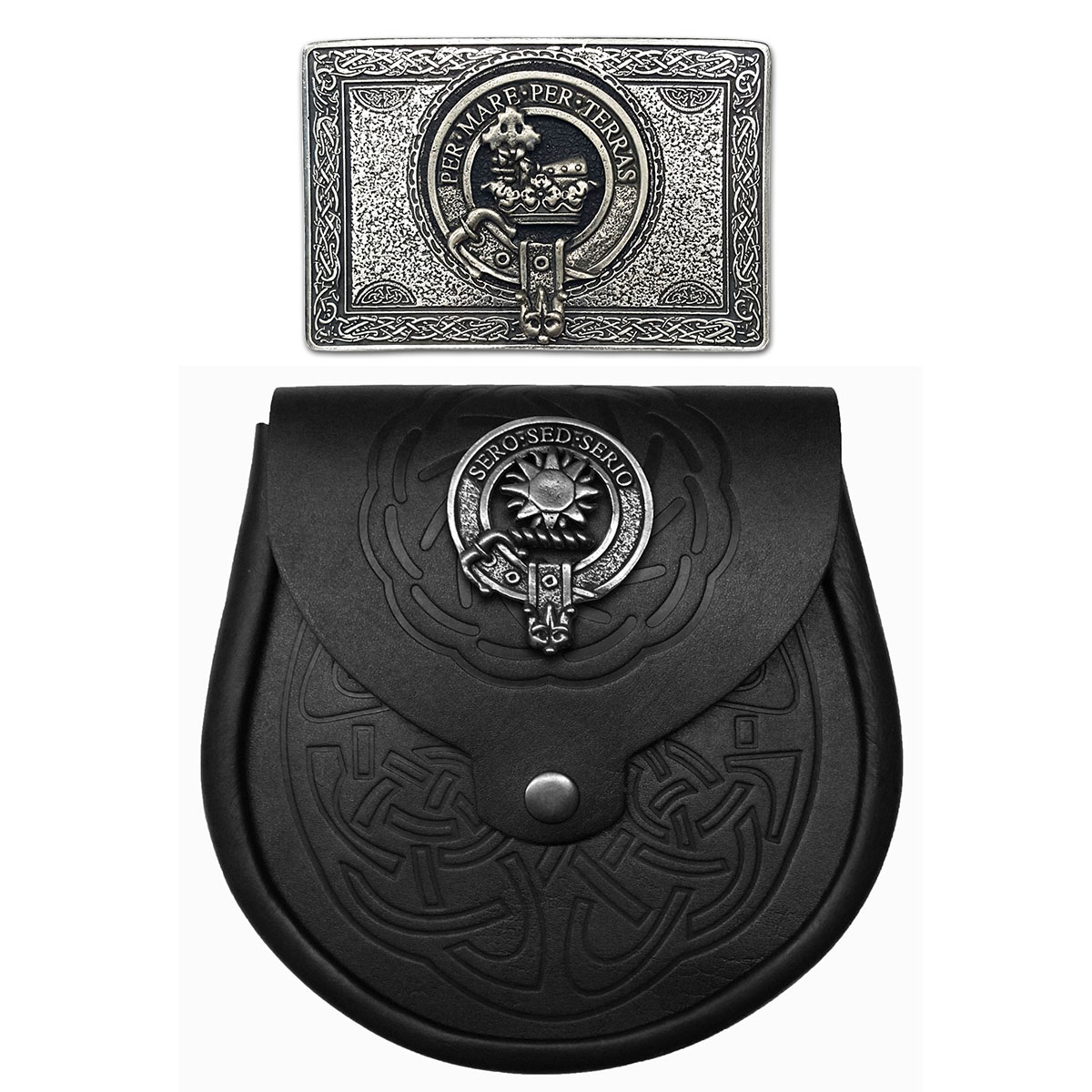Celtic History In the News — September 2017
I’m afraid I’m bogged down in the middle of the Minnesota Renaissance Festival, so just a look at recent tidbits in the news instead of an actual article this month.
Celtic Prince’s Artifacts Analyzed
Archaeologists from France’s National Institute of Preventive Archaeology (INRAP) have analyzed artifacts from the tomb of the Lavau Prince, discovered in eastern France in 2015.
Watch Conservationists Disassemble World’s Largest Known Celtic Coin Hoard
In the summer of 2012, the two amateur treasure hunters used metal detectors to discover the world’s largest-known Celtic coin hoard—now known as Catillon II—buried in a field on the Isle of Jersey in the British Channel Islands.
Excavation of Celtic priestess’ grave reveals gold, gems, armour
These are some of the riches uncovered alongside the remains of an ancient Celtic priestess near the Danube River in Germany.
Scotland in a new golden age of archaeology as number of discoveries trebles
Remote sensing and sophisticated devices such as x-ray guns means more discoveries are now being made than ever before.
The lost history of Dublin uncovered by Luas works
Skeletons from a cholera epidemic were among the many discoveries over the last four years.
Archaeologist finds 200-year-old Galway ‘refugee camp’
Community archaeologist Dr Christy Cunniffe believes he has found the location of temporary camps set up by “Ultachs” or Catholics who fled from the north in the 1790s to avoid persecution by bands of Protestant agitators known as the “Peep-O-Boys” or “Peep O’Day Boys”.
Archaeologists Just Made The “Find of a Lifetime” Buried Beneath Scotland
A bronze sword, a gold-decorated spearhead, well-preserved sheath fittings, and fur skins – all thought to date back to around 3,000 years – are some of the remarkable finds uncovered at a dig currently underway in the UK.
Possible Seat of “Lost” Dark Age Kingdom Found in Scotland
Archeologists think this stronghold may have been the royal seat of the kingdom of Rheged, which had been thought to have been located further to the south, in the Cumbria region of northwestern England.




